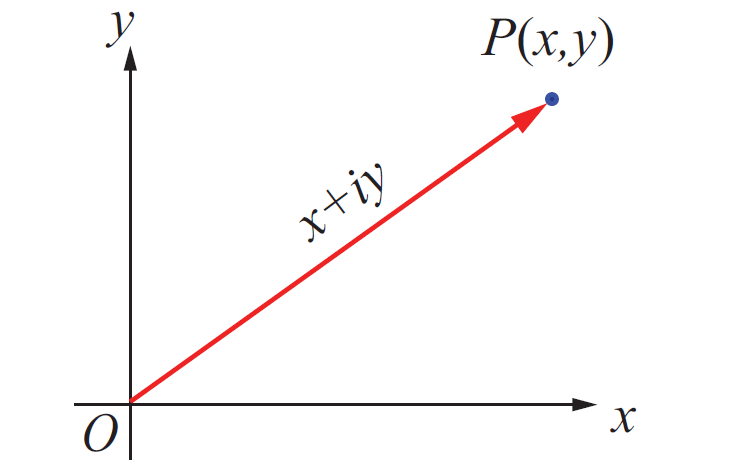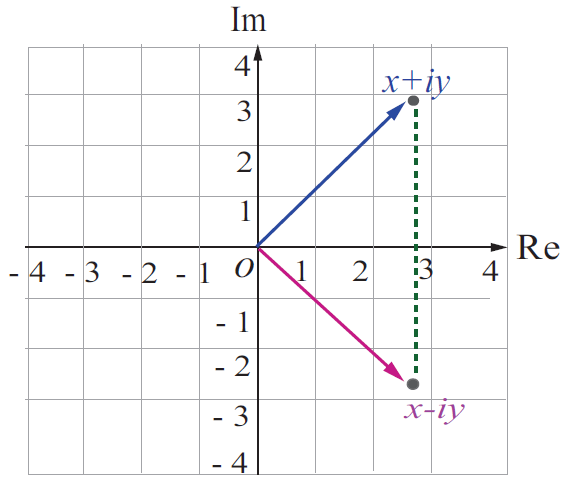LINEAR RELATIONSHIPS AND BIVARIATE DATA WORKSHEET
Problem 1 :
A handrail runs alongside a stairway. As the horizontal distance from the bottom of the stairway changes, the height of the handrail changes. Show that the relationship is linear, and then find the equation for the relationship.
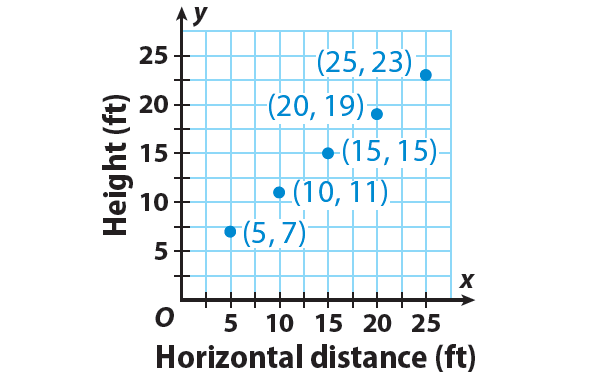
Problem 2 :
The table shows the relationship between time and cost. Show that the relationship is linear, and then find the equation for the relationship.


Detailed Answer Key
Problem 1 :
A handrail runs alongside a stairway. As the horizontal distance from the bottom of the stairway changes, the height of the handrail changes. Show that the relationship is linear, and then find the equation for the relationship.

Solution :
Step 1 :
Connect the points in the graph given above.
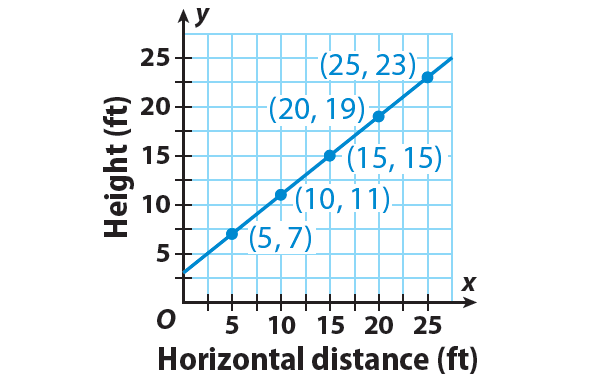
Since all of the points (5, 7), (10, 11), (15, 15), (20, 19), and (25, 23) lie on the same line, the relationship is linear.
Step 2 :
Choose any two points in the form (x, y), from the graph to find the slope :
For example, let us choose (5, 7) and (10, 11).
Use the slope formula.
m = (y2 - y1) / (x2 - x1)
Substitute :
(x1, y1) = (5, 7)
(x2, y2) = (10, 11)
Then,
m = (11 - 7) / (10 - 5)
m = 4 / 5
m = 0.8
Step 3 :
Choose a point and use the slope to find the value of 'b' (y-intercept b).
Substitute the point (5, 7) and m = 0.8 in the equation
y = mx + b
7 = (0.8)(5) + b
7 = 4 + b
3 = b
Step 4 :
To get the equation of the given linear relationship, substitute m = 0.8 and b = 3 in the equation y = mx + b.
y = 0.8x + 3
Problem 2 :
The table shows the relationship between time and cost. Show that the relationship is linear, and then find the equation for the relationship.

Solution :
Step 1 :
From the table, write the points in the form (x, y).
(5, 40), (10, 60), (20, 100) and (30, 140)
Step 2 :
Plot all the points in a graph paper and connect them.
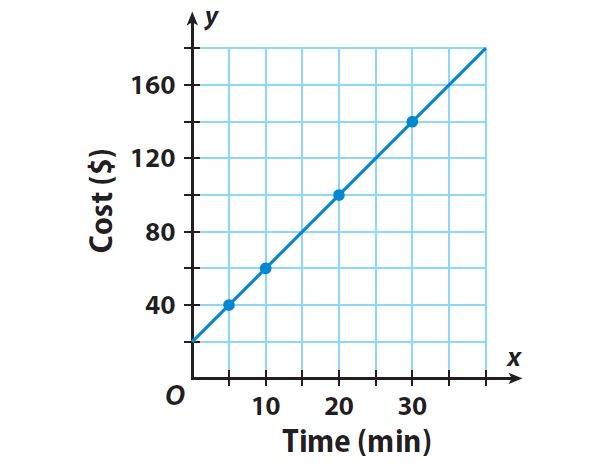
Since all of the points (5, 40), (10, 60), (20, 100) and (30, 140) lie on the same line, the relationship is linear.
Step 3 :
Choose any two points in the form (x, y), from the graph to find the slope :
For example, let us choose (5, 40) and (10, 60).
Use the slope formula.
m = (y2 - y1) / (x2 - x1)
Substitute :
(x1, y1) = (5, 40)
(x2, y2) = (10, 60)
Then,
m = (60 - 40) / (10 - 5)
m = 20 / 5
m = 4
Step 4 :
Choose a point and use the slope to find the value of 'b' (y-intercept b).
Substitute the point (5, 40) and m = 4 in the equation
y = mx + b
40 = (4)(5) + b
40 = 20 + b
20 = b
Step 5 :
To get the equation of the given linear relationship, substitute m = 4 and b = 20 in the equation y = mx + b.
y = 4x + 20

Apart from the stuff given above, if you need any other stuff in math, please use our google custom search here.
Kindly mail your feedback to v4formath@gmail.com
We always appreciate your feedback.
©All rights reserved. onlinemath4all.com
Recent Articles
-
First Fundamental Theorem of Calculus - Part 1
Apr 17, 24 11:27 PM
First Fundamental Theorem of Calculus - Part 1 -
Polar Form of a Complex Number
Apr 16, 24 09:28 AM
Polar Form of a Complex Number -
Conjugate of a Complex Number
Apr 15, 24 11:17 PM
Conjugate of a Complex Number
